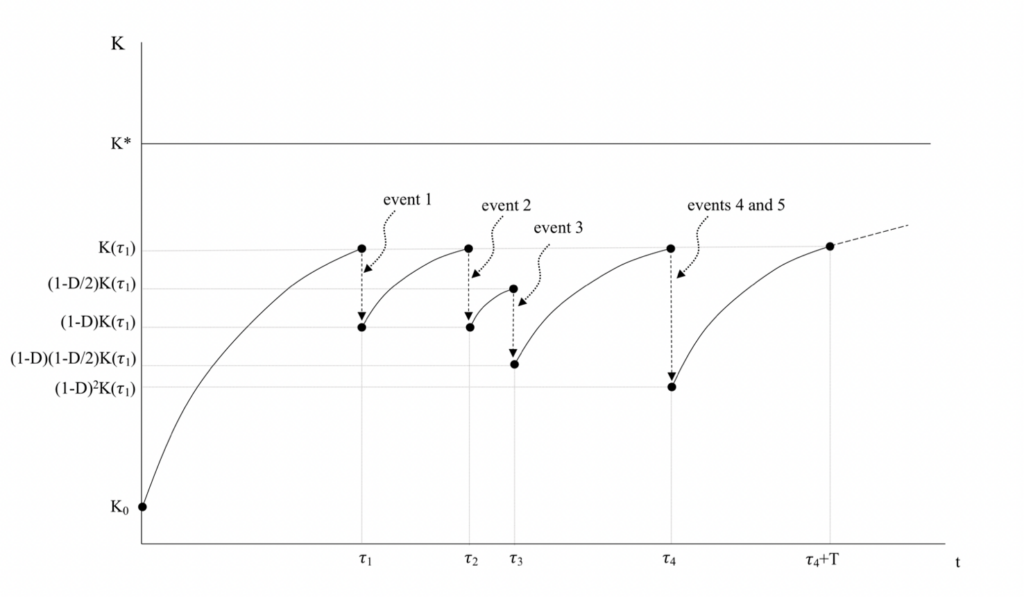We consider the prospects for sustainable growth using expected utility models of optimal investment under threat from natural disasters. Adoption of a continuous time, stochastic Ramsey growth model over an infinite time horizon permits the analysis of sustainability under uncertainty regarding adverse events, including both one-time and recurrent disasters. As appropriate to small economies, we consider adaptation to the risk of disaster. Natural disasters reduce capital stocks and disrupt the optimal consumption and felicity paths. While the time path of inter-temporal welfare might consequently shift downward, the path may still be non-decreasing over time, even without adding strong or weak sustainability constraints. Prudent disaster preparedness includes precautionary investment in productive capital, programs of adaptation to disaster risk, and avoiding distortionary policies undermining the prospects of optimality and sustainability.




